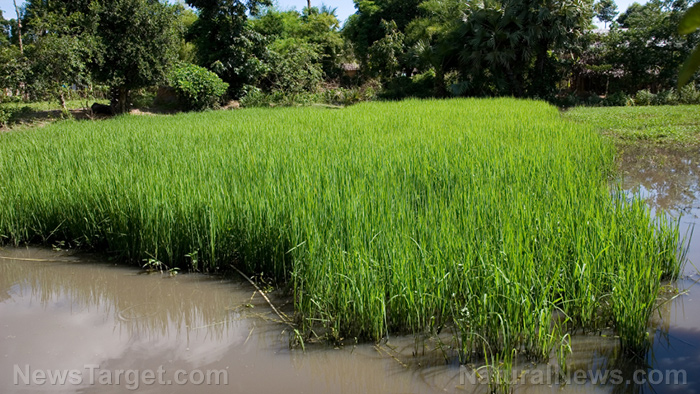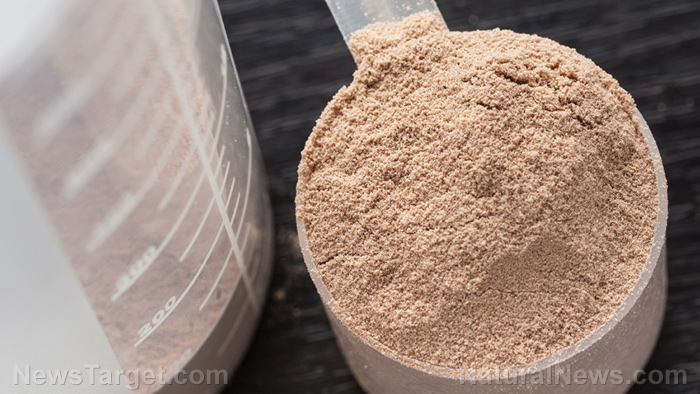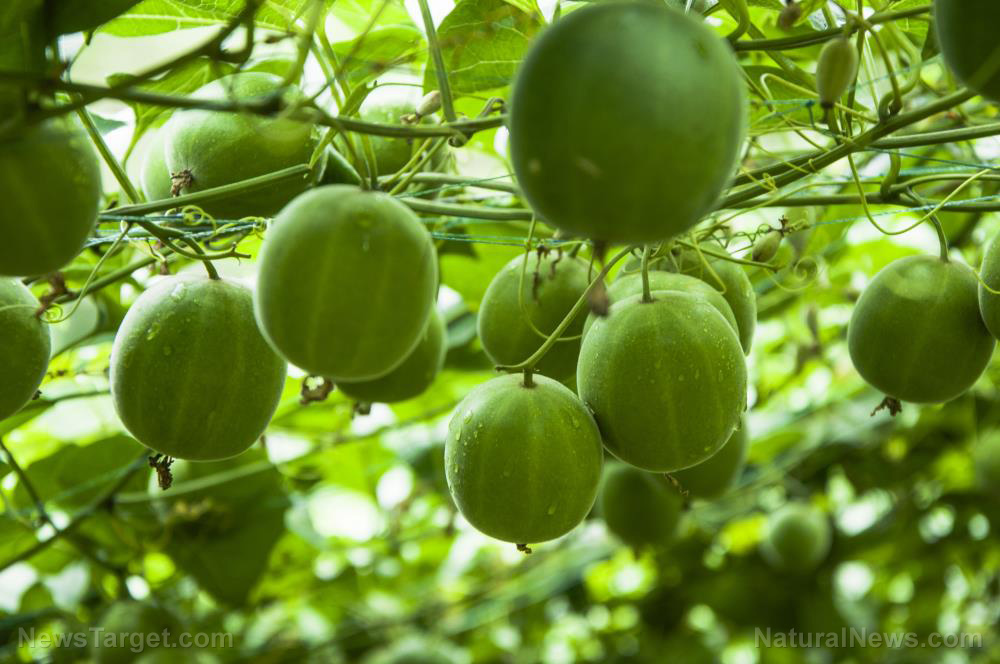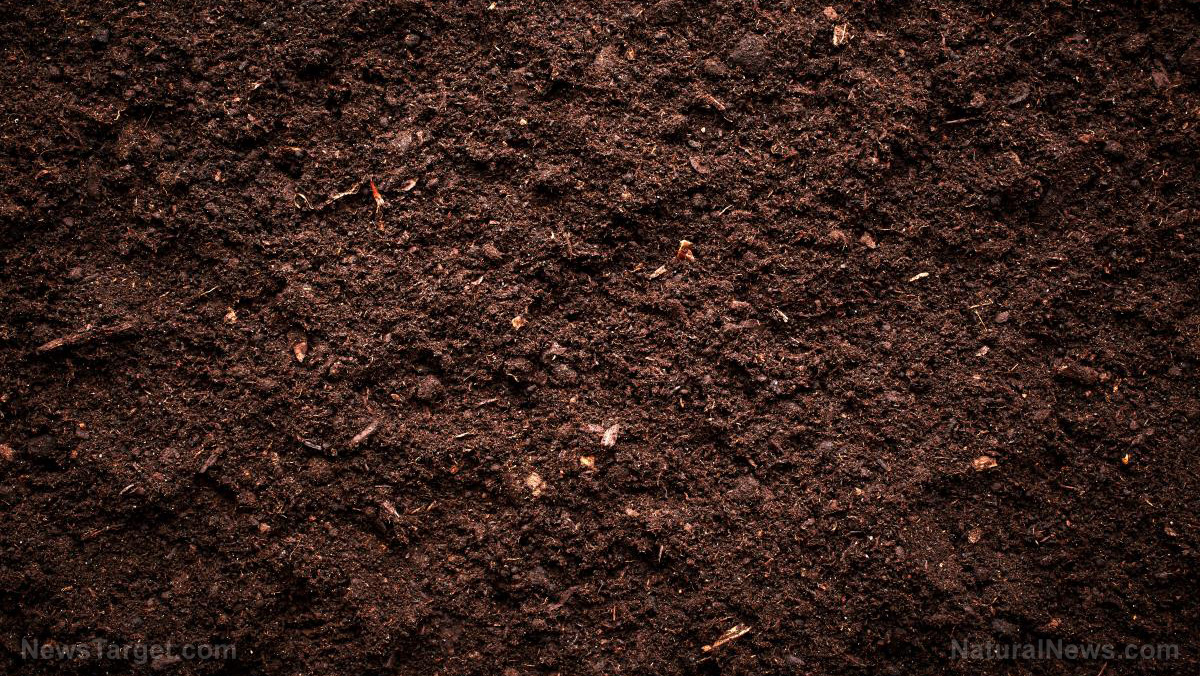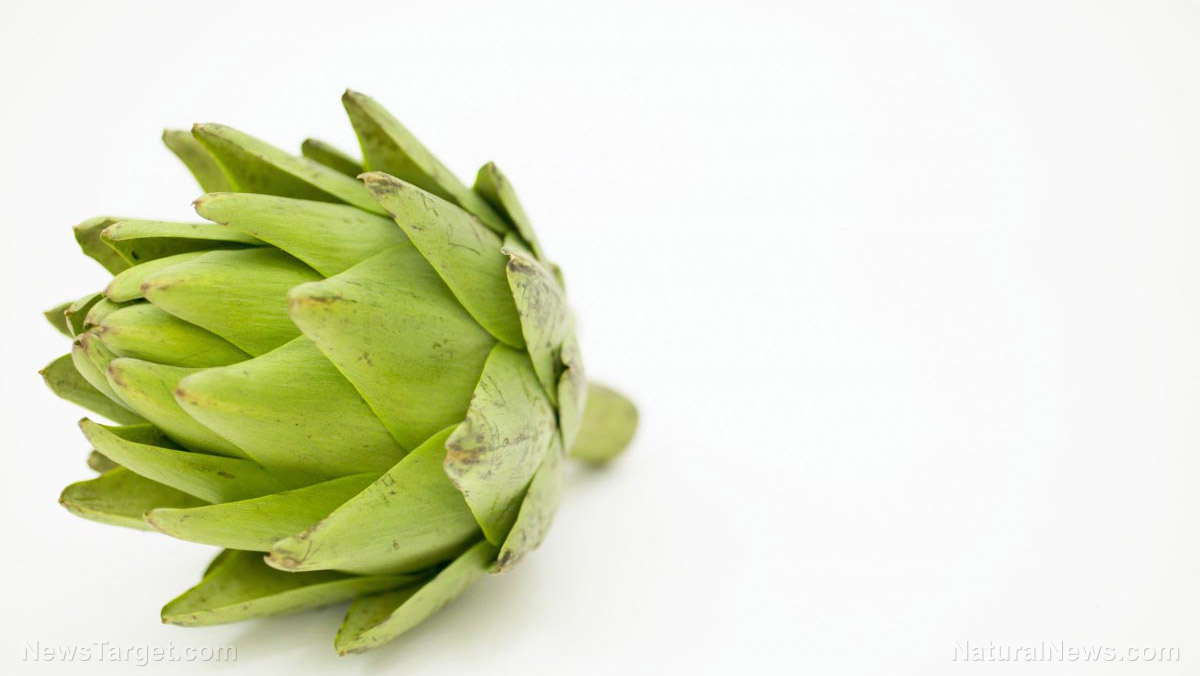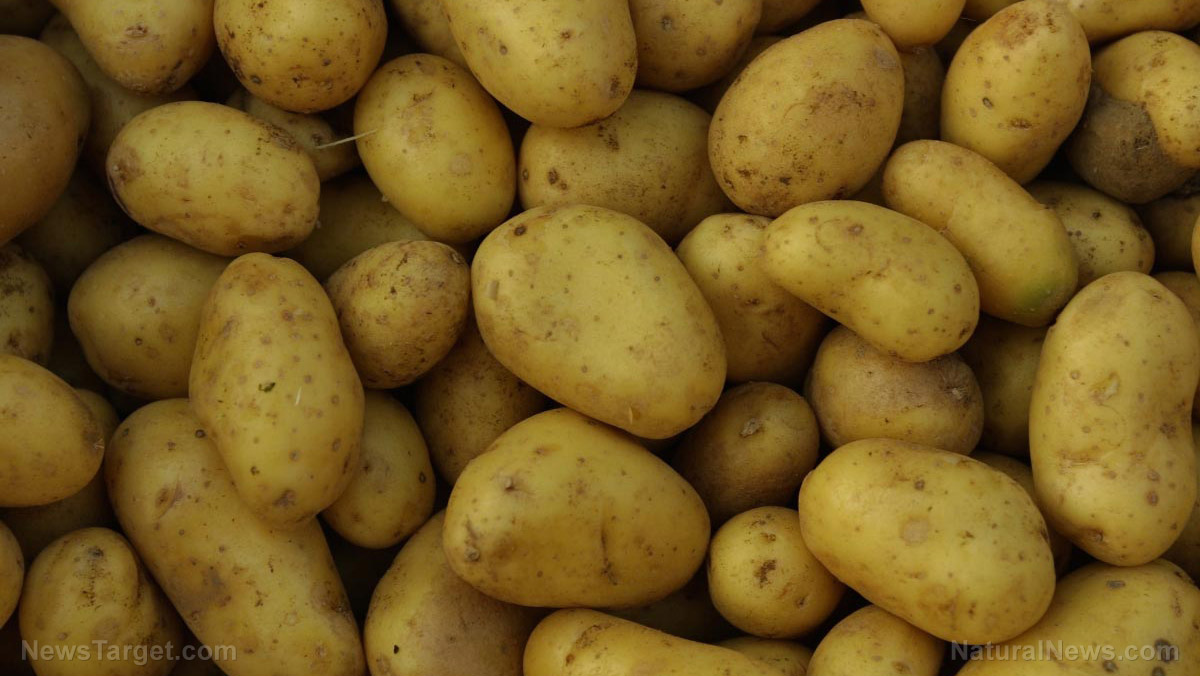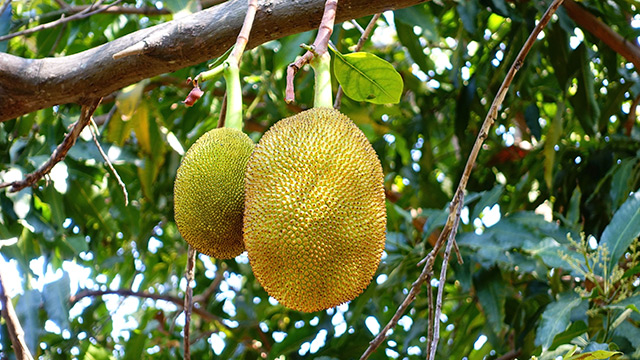Adding amaranth to regular flour improves available nutrition
02/07/2019 / By Rita Winters
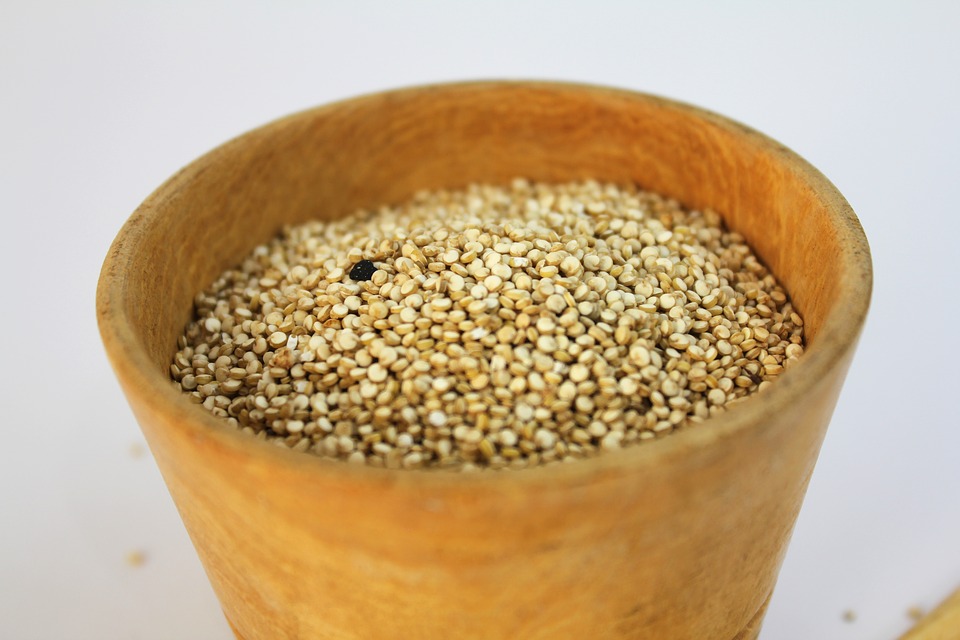
Food security is a global issue these days, and many experts are currently finding ways to solve the crisis. Many African countries and other developing countries in the world are experiencing high rates of malnutrition and nutrient deficiency due to the lack of stable and affordable sources of food. The best way to ensure food security in developing countries is to fortify affordable staples, such as flour, with nutrients and minerals from other types of food. A study from Kenya shows that fortifying maize flour with amaranth grain improves the overall nutritional value of the flour itself.
Amaranth is an annual herb and pseudo cereal native to South and Central America. This wonder plant contains a lot of protein, and can be considered to be on the same level to meats such as poultry. Aside from its high protein content, it also has a lot of vitamins and minerals which caused it to gain popularity as a semi-staple. Amaranth likewise contains antioxidants; calcium; carotenes; copper; folate; folic acid; iron; lysine; magnesium; monosaturated fats; phytosterols; polyunsaturated fats; potassium; vitamins A, B2, B3, B6, K; and zinc.
Researchers of the study found that mixing maize flour with amaranth grain flour increases its overall nutritional value, while keeping the flour’s affordability. Today’s methods of nutrient fortification in foods involve chemicals that may be harmful in the long run. For example, refined maize flour currently contains vitamins A, B1, B2, B6, niacin, folate, iron, and zinc – all from chemical additives. Kenya’s government policies include fortification of all types of flour (and other food staples as well). In order to create a long-term food fortification method, the researchers used another food source, amaranth, to fortify maize flour. Since amaranth is grown in many African nations, it is a cost-effective solution to nutrient fortification in the continent’s food staples.
In the study, researchers made several different types of preparations of the maize-amaranth mix. The refined maize flour was added at 20, 30, or 40 percent of grain amaranth flour. Results show that the highest nutritional content came from the 40 percent mix, but the flour lost its cooking properties. The best balance between nutritional content and digestibility was from the 20 percent maize-amaranth mix. The researchers conclude that this food-to-food fortification approach can be a sustainable alternative to current chemical fortification approaches. In this regard, many other studies involving food-to-food nutrient fortification will be a benefit to Kenya and other developing nations around the world, especially those with a high rate of malnutrition. Furthermore, the availability of amaranth in the continent will be a positive factor in the socioeconomic aspect of flour production and nutrient fortification, eliminating the need to import expensive ingredients. (Related: Now or never: Time to reclaim our food independence.)
Other developing countries experiencing a lack in food security may benefit from this study. Food staples such as rice, bread, and grain meals can be fortified with indigenous edible plants that are high in nutritional value. By fortifying affordable staples, the lower quintiles of a country’s socioeconomic groups may be able to achieve their daily nutritional requirements without having to spend more than they can make.
The study entitled Biofortification of maize flour with grain amaranth for improved nutrition was authored by lead researcher Sylviah N. Kamotho, together with F. M. Kyallo, and D. N. Sila from the Department of Food Science and Technology at Jomo Kenyatta University of Agriculture and Technology (JKUAT). The study was published by the African Scholarly Science Communications Trust in the November 2017 issue of African Journal of Food, Agriculture, Nutrition and Development.
Sources include:
AJFAND.net [PDF]
FFINetwork.org [PDF]
Tagged Under: food fortification, food freedom, food independence, food safety, food science, food security, Kenya, malnutrition, nutrient fortification, nutrients, nutrition, nutritional value


